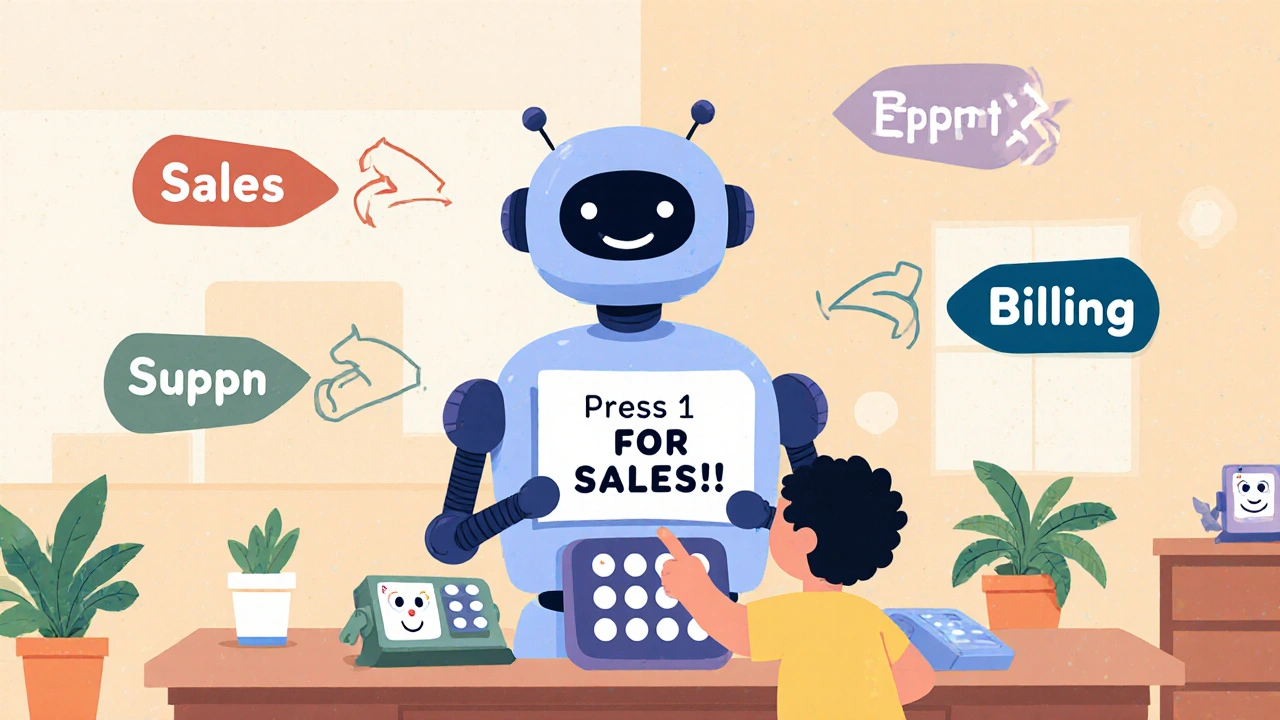IVR Systems: How Automated Phone Menus Save Time and Improve Customer Service
When you call a company and hear IVR, a system that lets you press buttons or speak to reach the right department. Also known as interactive voice response, it’s the silent hero behind every business phone line that doesn’t keep you on hold forever. You don’t need to wait for an agent—just say "Sales" or press 1, and you’re routed instantly. It’s not just for big corporations. Small businesses, clinics, schools, and even churches use IVR to handle calls efficiently, especially when staff are off-site or overwhelmed.
IVR works hand-in-hand with auto-attendant, a feature that answers calls and directs them based on rules. Think of it as a digital receptionist that never sleeps, never takes a break, and never gets frustrated. It can route calls by time of day, department, or even caller ID. Many VoIP systems let you record custom greetings in your own voice, so it doesn’t sound robotic. You can even set it up to send callers to voicemail if no one’s available, or forward them to a mobile number during off-hours.
But IVR isn’t just about convenience—it’s about data. Every touchpoint in an IVR menu gives you insight: Which option gets the most presses? Where do callers drop off? Are people stuck in a loop because the menu is too complex? These are the same questions businesses ask when they use call routing, the process of sending calls to the right person or team based on logic. Smart setups reduce missed calls, cut support costs, and even boost sales by guiding callers to the right offer at the right time.
And it’s not just about pressing numbers anymore. Modern IVR systems understand speech, so you can say "I need help with my bill" instead of digging through menus. Some even integrate with CRM tools to pull up your account info before the agent picks up. That’s why companies using IVR report faster resolution times and higher customer satisfaction—even when they’re handling hundreds of calls a day.
What you’ll find in these posts isn’t theory. It’s real setups: how a church uses IVR to track donations, how remote teams use auto-attendants to cover multiple time zones, and how businesses avoid the mistakes that make callers hang up in frustration. You’ll see how to design menus that actually work, how to test them with real users, and how to fix the most common problems—like menus that are too long or options that don’t match what people say.
